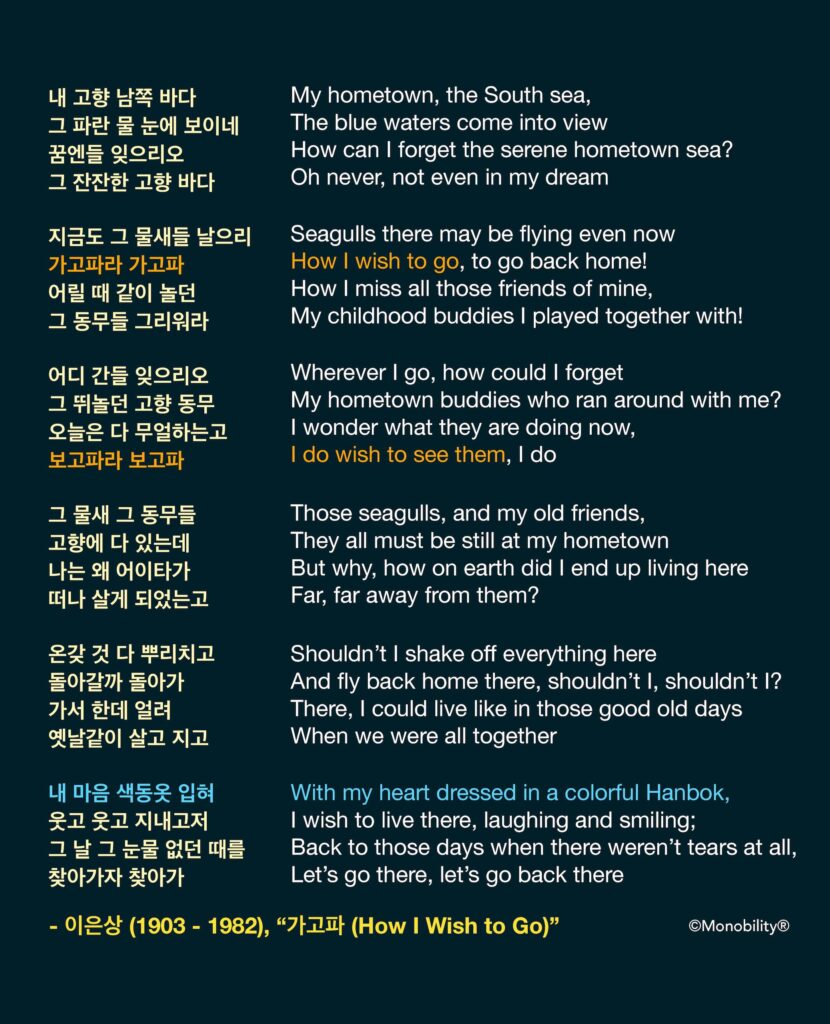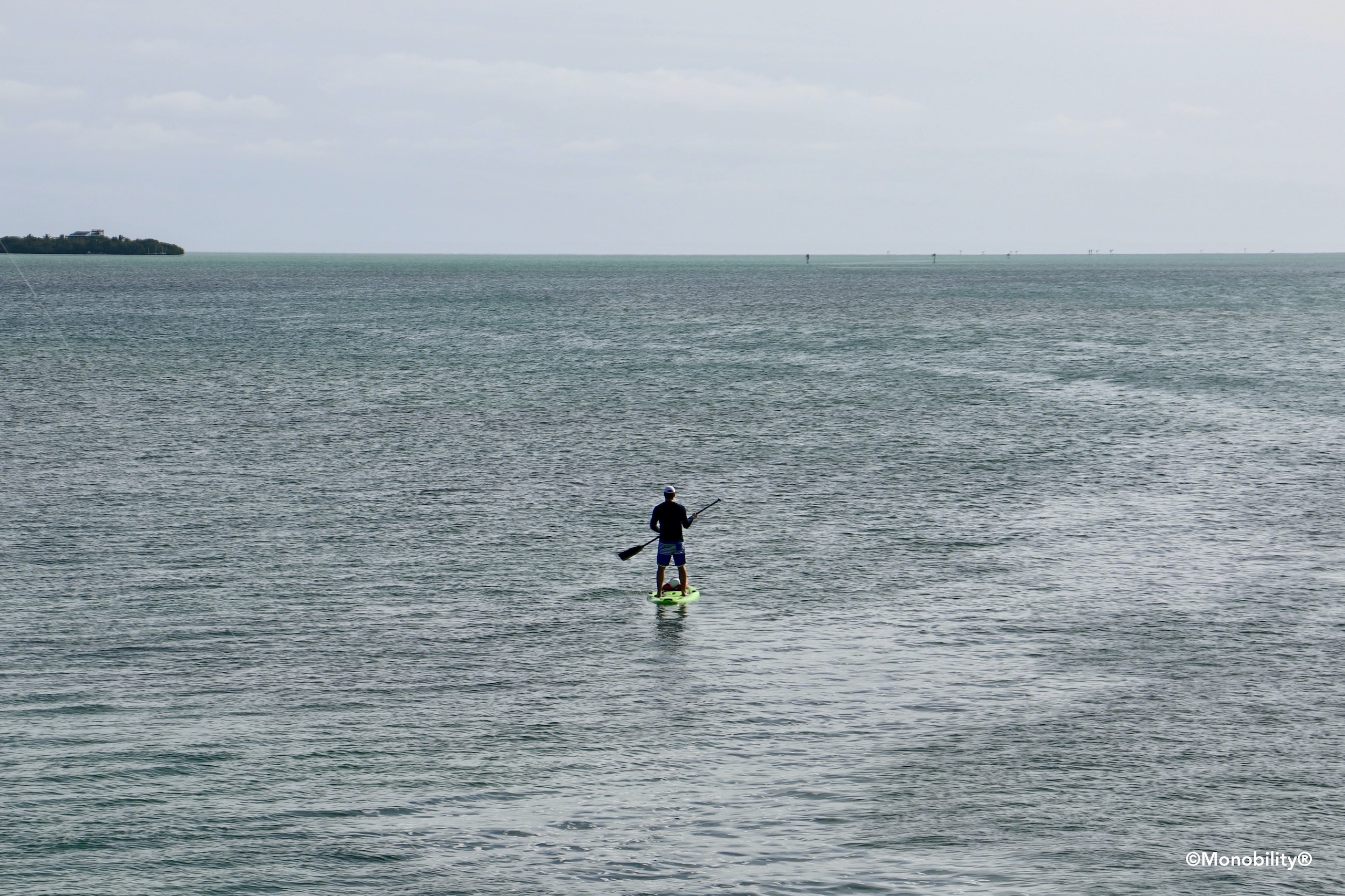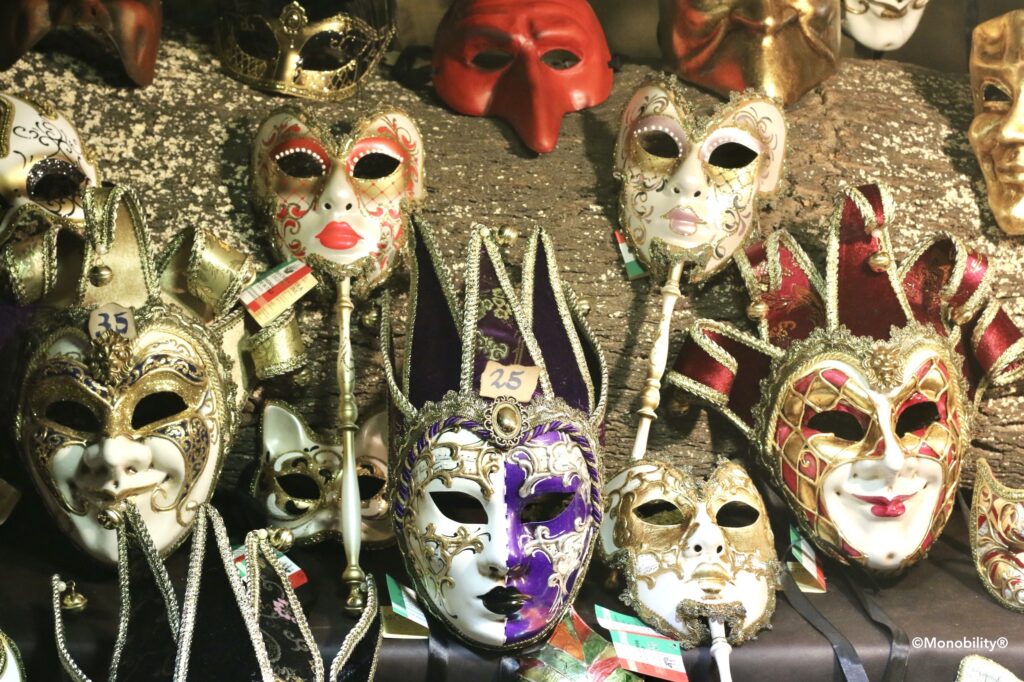Do you live, by any chance, far away from your hometown? Do you often miss your hometown? If so, no matter where you live now, you would love to listen to “가고파,” Korea’s all time favorite 가곡 (Korean Lyric Song.) The song was composed by 김동진 for a poem written by 이은상 in 1932:

The famous song artistically expresses strong emotions of missing one’s hometown (“향수” in Korean.) The poem-lyrics obviously have many poetic expressions that are not easy to translate. However, you can still learn a few useful vocabulary:
고향 = Hometown
동무 = Friend, buddy (In old usage). But be careful – these days, however, this word means “comrade” in Communist North Korea, almost exclusively.
그리워 = I miss …
Verb ending “-고파” is a poetic way to say “How I wish to … !” “I really want to … !” It’s very easy to say it – You’d just have to add -고파 to the verb stem, without any other conjugation. And you can say it in informal conversations with friends and colleagues as well. This ending sounds beautiful even if you are not a poet. People will smile and admire your Korean, because it sounds humorous in such informal situations.
- 가고파 = How I wish to go! [ 가다 to go; 가 + 고파 ]
- 보고파 = How I wish to see! [ 보다 to see; 보 + 고파 ]
- 먹고파 = I really want to eat! [ 먹다 to eat; 먹 + 고파 ]
- 여행하고파 = 여행하고프다 = I really wish to travel! [ 여행하다 to travel; 여행하 + 고파 ]
As you can see above, -고파 is an informal ending for the basic form -고프다. Probably the most common use of “-고프다” is “배고프다,” which means “to be hungry.”
- 배고파 = 배고파요 = I am hungry [ 배 = stomach, so “How I wish to fill my stomach!” ^^ ]
The world-renowned Soprano 조수미 beautifully sang this song for her home country, as if it were her own life story living as an expat in Europe. I particularly like her exquisite diminuendo in “옛날같이 살고 지고” near the end. But above all, if there is one single line in the poem that pulls at Koreans’ heartstrings, like a final blow, it is “내 마음 색동옷 입혀.” Without any other choice for the word “색동옷,” I managed to translate it into “With my heart dressed in a colorful Hanbok.” 색동옷 is a special type of Korean traditional costume Hanbok (한복), with a rainbow-striped pattern of various bold colors. This particular pattern has been Korea’s signature fashion since 고려 Goryeo dynasty, over 1500 years ago. In modern times, mostly little children wear this colorful 색동옷 (고까옷, 때때옷) during festivities such as 설날 (Lunar New Year’s Day) or 추석 (Thanksgiving,) when they play with their little friends and family, running all over the places, laughing and smiling, as the finale of the song describes.
Check out our Facebook for much more:


